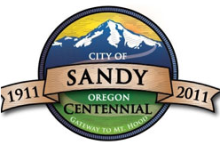Open Access nDanville Network Goes Residential
The open access fiber-optic network in Danville, Virginia, is officially going FTTH. We have long watched nDanville's progress and are excited to see the network expanding into residential access after significantly improving telecom services to businesses and schools.
Last year, City Council debated and ultimately rejected a more ambitious plan to expand the network more rapidly. But the utility has secured permission for a smaller project area this year, allowing it to expand without incurring debt. This project will be financed out of the reserves they have built up from net telecom revenues over the years. That's right, they have been running in the black and are reinvesting those funds into connecting more of the community.
The utility has $250,000 to use for the build, allowing them to connect some 250 homes (maybe double that if they can stretch the funds) in this phase. If things go as well as they have historically, they will roll through the community in this fashion, undoubtedly increasing their capacity as the model proves itself. Additionally, as new developments are built, they will likely be connected due to the extremely low cost in so-called greenfields.
They have one provider lined up to offer video services on their open access network (the utility provides no services themselves) but as they gain subscribers, more service providers will begin offering services.
This network is creating jobs directly (by expanding the physical infrastructure) but is also encouraging many more jobs indirectly -- the local service provider is expanding and local businesses are doing better than they would if mired in the duopoly so many other communities find themselves.



